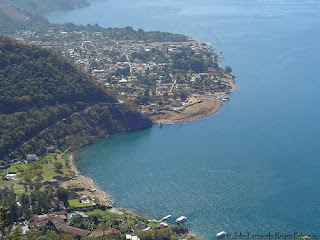THE INTI RAYMI IN PERU
During the Inti Raymi in Peru the native residents gathered to honor the Sun God, sacrifice an animal to ensure good crops and to pay homage to the Inca, as the first born Son of the Sun.
The ceremonies took place at the winter solstice, when the sun is farthest from the earth. Fearing the lack of sun and ensuing famine, the ancient Incas gathered in Cuzco to honor the Sun God and plead for his return. The celebrants fasted for days before the event, refrained from physical pleasures and presented gifts to the Inca, who in return put on a lavish banquet of meat, corn bread, chicha and coca tea as they prepared to sacrifice llamas to ensure good crops and fertile fields.
Today, it's the second largest festival in South America. Hundreds of thousands of people converge on Cuzco from other parts of the nation, South America and the world for a week long celebration marking the beginning of a new year, the Inti Raymi, the Festival of the Sun.
Every day has its events, from daytime expositions, street fairs, and people milling and dancing in the streets. In the evenings, live music from the best of Peruvian musical groups draws the crowds to the Plaza de Armas for free concerts. During the preceding year, in preparation for Inti Raymi, hundreds of actors are chosen to represent historical figures. Being selected to portray the Sapa Inca or his wife, Mama Occla, is a great honor.
The centerpiece of the festival is the all-day celebrations on June 24, the actual day of Inti Raymi. On this day, the ceremonial events begin with an invocation by the Sapa Inca in the Qorikancha, square in front of the Santo Domingo church, built over the ancient Temple of the Sun. Here, the Sapa Inca calls on the blessings from the sun. Following the oration, Sapa Inca is carried on a golden throne, a replica of the original which weighed about 60 kilos, in a procession to the ancient fortress of Sacsayhuaman in the hills above Cuzco. With the Sapa Inca come the high priests, garbed in ceremonial robes, then officials of the court, nobles and others, all elaborately costumed according to their rank, with silver and gold ornaments.
They walk along flower-bedecked streets, to music and prayers and dancing. Women sweep the streets to clear them of evil spirits. At Sacsayhuamán , where huge crowds await the arrival of the procession, Sapa Inca climbs to the sacred altar where all can see him.
Once all the celebrants are in place in the grand square of the fortress, there are speeches by Sapa Inca, the priests and representatives of the Suyos: the Snake for the world below, the Puma for life on earth, and the Condor for the upper world of the gods.







